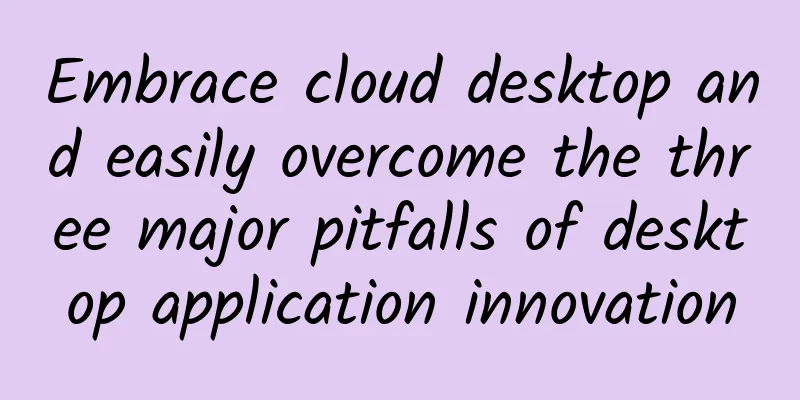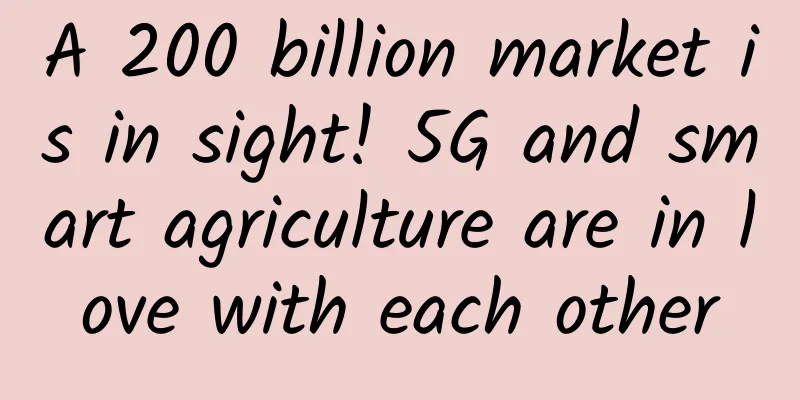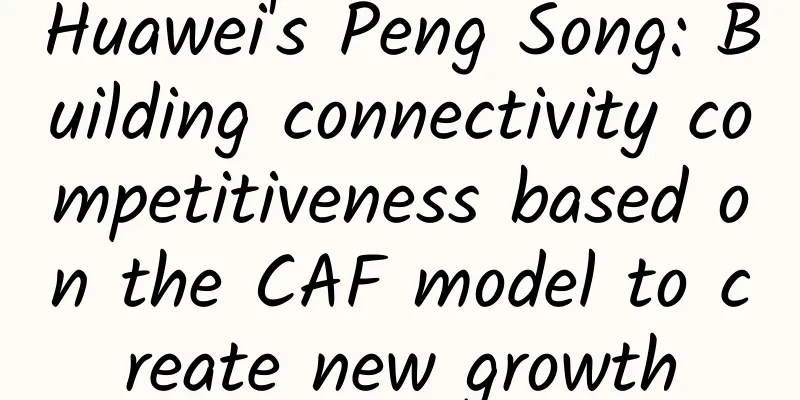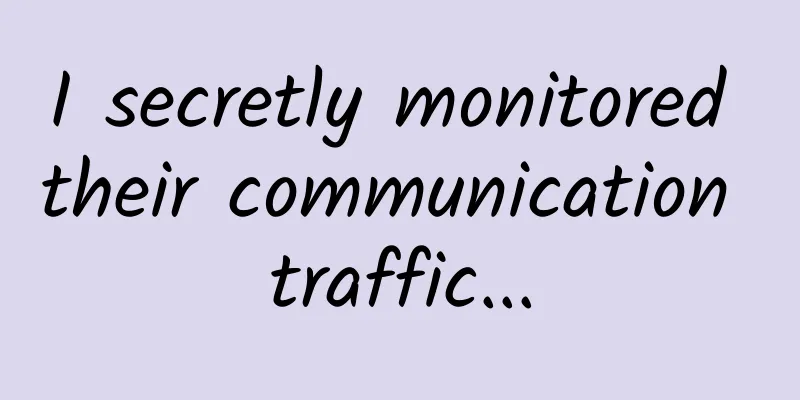Embrace cloud desktop and easily overcome the three major pitfalls of desktop application innovation

|
From the early "863" and "Core High-tech" eras when the pioneers in the science and technology community worked hard to achieve breakthroughs from 0 to 1, to the long-term persistence of generations of chip, basic software and hardware R&D personnel, and entrepreneurs, my country has made great progress in underlying chips, operating systems, application software, and other aspects. Especially between 2016 and 2018, a series of underlying chips were released one after another, such as Feiteng's first ARM architecture FT-1500, Loongson 3A2000, Zhaoxin KX-5000, Jingjiawei JM7200 and the establishment of Yangtze Memory, which successively achieved major breakthroughs in CPU and GPU. Domestic underlying chips have gone from scratch to usable and easy to use; breakthroughs have been made in CPU, new generation operating system, GPU, storage and other fields; key chips use international mainstream architectures such as ARM and x86, and have a broad future for industrial ecological development. Although the core chip level is still 3-5 years behind the international leading level, it is fully capable of meeting the usage needs of core customers in the computing terminal market which has long been oversupplied with performance. Therefore, today, China's IT application innovation has gone through multiple stages, from "laboratory usable", "barely usable but not very usable", to "usable and usable", and is entering industrial development. The user experience has also gradually improved to the "easy to use, willing to use" stage. However, with the extensive and in-depth innovation work, many problems have also been encountered. In summary, they are mainly the following aspects: 1. The ecosystem is imperfect. During the adaptation process, business software and existing peripherals are difficult to adapt and be compatible with new terminals and operating systems. 2. Management and operation are difficult. There are no mature and reliable batch management tools, and the workload of installing systems and updating software is huge. 3. Security risks: If the commonly used security and authentication software is not adapted, terminal security is difficult to guarantee. Take the application scenario of a unit directly under a municipal party committee as an example: Due to architectural reasons, the UFIDA government GRP-U8 software cannot be migrated to the application innovation operating system. Not all printers are compatible, and the previously purchased Internet access authentication software is no longer available. At the same time, since the unit does not have professional personnel to operate and maintain the PC, after switching the operating system, the previous simultaneous interpretation and batch update software are no longer available, and the operation and maintenance work also faces huge challenges. What should we do with the tight time and heavy tasks of innovative replacement work? In view of the challenges in such a specific environment, cloud desktop may be a better way to break through. Cloud desktop refers to a mode of accessing cloud desktop through client or other devices connected to the network. It is composed of desktop virtualization software, virtual desktop transmission protocol, virtual desktop connection agent and terminal (including thin, fat and mobile terminals, etc.). Cloud desktop is mainly divided into two major technical routes: VDI (virtual desktop infrastructure) and IDV (intelligent desktop virtualization). These two technical routes have their own strengths in solving software and hardware compatibility issues, but they can simplify the complexity of software and hardware adaptation. Taking VDI technology as an example, through the "dual desktop" method, the adapted applications can be on one desktop, and the unadapted applications can continue to run in the original system's virtual machine, and the two desktops can be switched freely. In this way, a smooth transition of the switching work can be guaranteed, and eventually the number of unadapted applications in the original system virtual machine will decrease until they are completely switched. If IDV technology is used, the "dual desktop switching" technology can also be used to store two operating system images on the local terminal and switch with one click. VDI Dual Desktop IDV dual desktop At the management and maintenance level, the current mainstream domestic operating systems do not have perfect operation and maintenance management tools to help users with daily operation and management work. Installing the system, updating software, and checking for viruses all require maintenance personnel to operate one terminal at a time, which is extremely inefficient. Whether the unit maintains it itself or outsources it to an integrator, the response speed and processing efficiency for problems that arise during the daily operation of the PC will inevitably decrease, which will ultimately lead to a decrease in the user's willingness to use it, which will inevitably cause a counterproductive effect during the implementation process. However, by adopting the cloud desktop solution, through the way of mirroring, its operation and maintenance management efficiency will be greatly improved, which will have a positive effect on replacement work. At the same time, it can also achieve more detailed and convenient management and operation and maintenance through functions such as fine-grained control of USB ports and grouping of users. As for security, cloud desktops are naturally stronger than PCs. Whether it is an IDV or VDI solution, due to the centralized control of the image, many security risks can be eliminated from the system level. For example, the refined management of USB ports can strictly control the prevention of random connection of peripherals and private copying of data; various desktop modes, such as restore mode, can ensure the consistency of office desktops. The user's desktop is always consistent with the system template image. The administrator can update the desktop application of the designated user's desktop at any time through the template image. Compared with the previous method of notifying users to apply patches and downloading them by themselves, the chance of security vulnerabilities in their desktop systems is greatly reduced; finally, if a virus invades and causes the user's desktop system to be poisoned, the administrator can also replace the poisoned image with a normal image through a one-click restore method in the management interface to achieve the purpose of quickly restoring business. Technological development is changing with each passing day, and innovation work is never-ending. We should use continuously developing cloud technology to solve business barriers and experience problems in the innovation process, constantly improve the desktop ecological environment and management functions, and turn innovation work into an orderly and improved implementation practice. In time, we will surely achieve great prosperity for China's desktop ecosystem. |
>>: Goodbye, 2G/3G is retiring
Recommend
What is a Fibre Channel Transceiver?
Fibre Channel is a network storage switching tech...
Analysis of API Gateway Selection of Several Major Cloud Vendors
1. What is an API Gateway? An API Gateway is a wa...
Pan-Sahara fiber optic backbone network receives RMB 320 million in financing from AfDB
[[179783]] The African Development Bank has recen...
Operators are satisfied with 4G, what can they do after 5G is commercialized?
In the early stage of 4G development, the dividen...
Research shows that global 5G network infrastructure revenue will grow 39% in 2021
Gartner predicts that global 5G network infrastru...
Does your phone support 5G wifi? Is 5G Internet access really fast?
Now, China Telecom and China Unicom's 100M fi...
2024 Cybersecurity Service Application Status Survey: Service Quality and Effectiveness Are the Biggest Application Challenges
As cybersecurity threats continue to evolve and e...
Ministry of Industry and Information Technology: The number of 5G package users has exceeded 350 million
[[395563]] The State Council Information Office h...
5G can be unleashed through chip innovation
The arrival of 5G has brought with it an unpreced...
Improve operation and maintenance efficiency: Ansible systemd module operation skills, let you say goodbye to cumbersome command lines!
The systemd module in Ansible is a good helper to...
EU plans to develop regulatory "blacklist" Facebook and Apple may be on the list
It is said that the EU's move is aimed at lim...
The story of spectrum: from analog signals to 3G and now to 5G networks
Preface: From telegraph to 5G communication, it i...
ICMP/ARP protocol analysis and ARP spoofing
ICMP ICMP (Internet Control Message Protocol) is ...
Biyouxue: Solve growing pains with software development cloud
Education is an eternal research topic, and its i...
How to quickly master the HTTP protocol (HD mind map)
The HTTP protocol is extremely complex. It affect...









